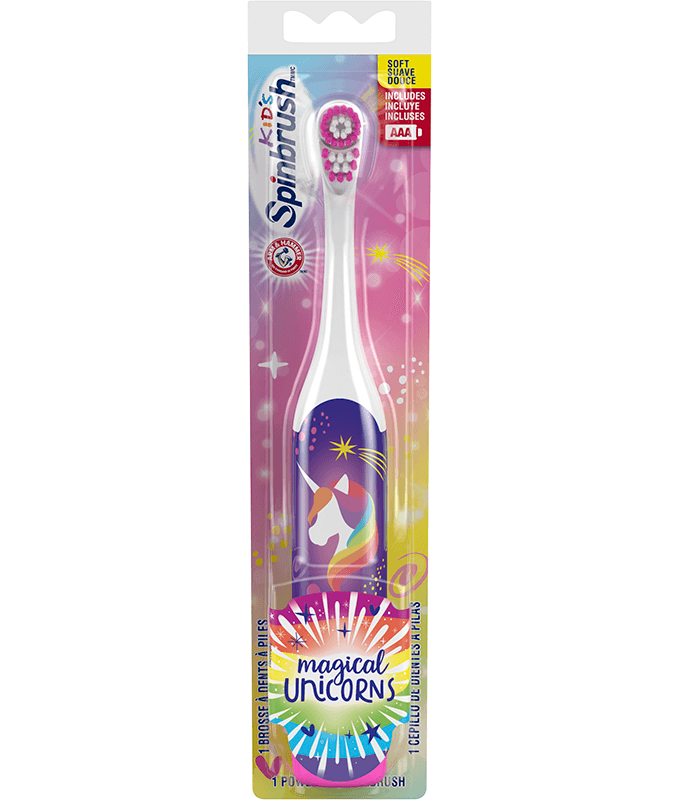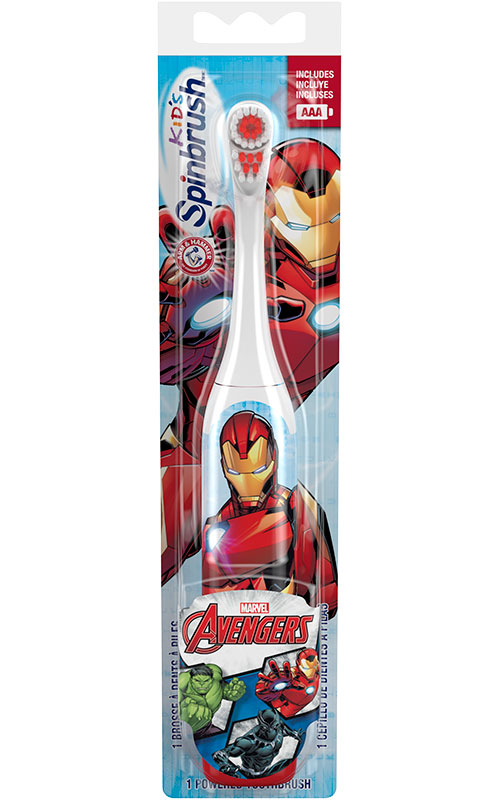Cavity Symptoms & Signs on and Between Teeth

You always hear about them, but what exactly is a cavity on your teeth and how do you know if you have one? Here’s a quick guide to oral cavities, what they are, what they look and feel like, and what you can do about them.
What is a Cavity?
A cavity is another word for a spot of decay on the chewing surface of a tooth, between teeth, or along the gumline. They begin when food debris and bacteria build up in the mouth forming plaque, which produces acid that erodes your tooth enamel.
Cavities progress as the tooth enamel erodes away and the decay goes into the second layer of the tooth, the dentin, and into the tooth pulp chamber. Cavities are named because they form a hole or pit (a cavity) in the tooth, and they are very common.
Untreated cavities can cause infections, abscesses, and loss of teeth and bone. You can prevent most cavities with good oral hygiene and regular dental care, and cavities that are caught early can be treated before they do more damage to your teeth.
What you eat and how (and how often) you brush your teeth affects your chances of getting cavities, but some people are just more prone to them than others, due to differences in tooth strength and shape. Most people will get a cavity or two in their lifetime, so it’s a good idea to know what they are and how to spot them.
How to Know if You Have a Cavity
Cavities start out small and might first appear as a white stain on a tooth. Cavities often do not hurt, at least not until they have reached a more severe stage where the tooth nerve is affected. Once you have tooth pain, you need to see a dentist, as cavities left alone can become abscesses and infections.
Signs You May Have a Cavity
You may have a cavity if you feel any of these symptoms. Make an appointment with a dentist to get checked out.
- Toothache or tooth pain, which may feel dull or sharp
- Tooth sensitivity
- A brown, black, or yellow spot on the tooth surface
- Pain when you eat something hot, cold, or sweet
- Pain when biting down or chewing
- A soft spot, hole, pit, or crater on the tooth
- Bad breath as the tooth decays
- No visible or felt symptoms: early cavities may not cause pain yet and can be treated before they get worse.
Symptoms of a Cavity Between Teeth

Cavities between your teeth can be harder for you to spot at home. Often, they are only visible on an x-ray, which is why your dentist will take scans regularly. You might have a cavity between two teeth if you have any of these signs:
- Tooth pain, especially when chewing
- Sensitivity to sweet, cold, or hot foods
- Pain or bleeding when flossing (also a symptom of gum disease)
- Bad breath from tooth decay
- No visible or felt symptoms: cavities between teeth are often called hidden cavities.
Cavities between teeth (aka interproximal cavities) can be spotted with dental x-rays, and if found early can be treated without fillings. Preventing and proactively addressing hidden cavities is a good reason to visit your dentist twice per year, before something more serious, such as fillings, root canals, or tooth loss is unavoidable.
What to Do If You Think You Have a Cavity
Basically, if you have any of the signs and symptoms of a cavity, it’s time to get professional dental care. Cavities can exist for some time without any symptoms, so if you’re noticing any, it’s already past the earliest stages. Take these symptoms seriously to protect your health and your smile.
If you see or feel a hole or pit on your tooth surface, see a dentist right away. The cavity has already progressed beyond the tooth enamel and is reaching the inner tooth. Don’t wait until the sudden onset of intense pain – that signals even further damage, and a dental emergency.
If you’re experiencing tooth sensitivity or dull pain, make an appointment to see your dentist, even if it’s between your regular check-ups. It might be a cavity, or another dental care need such as thinning enamel or gingivitis, an inflammation of the gums. Your dentist can help you make a plan to improve your symptoms.
Cavity Prevention Begins with Good Toothbrushing
You can help prevent cavities from forming on your teeth by practicing good oral hygiene and getting regular dental care. Do the following to help protect your teeth from cavities:
- Choose a healthy diet and avoid or reduce the amount of sticky, sweet foods you eat and drink.
- Brush your teeth twice a day with an ADA-approved fluoride toothpaste. Try Spinbrush™ PRO+ Deep Clean Toothbrush and ARM & HAMMER™ Bright & Strong Truly Radiant™ Toothpaste to neutralize tooth-eroding acids and help repair tooth enamel.
- Clean between your teeth daily, using floss, dental picks, or a water flosser.
- See your dentist twice per year and follow their recommendations for x-rays, fluoride treatments, and dental care.

